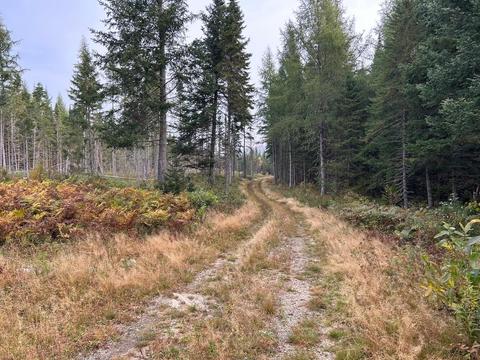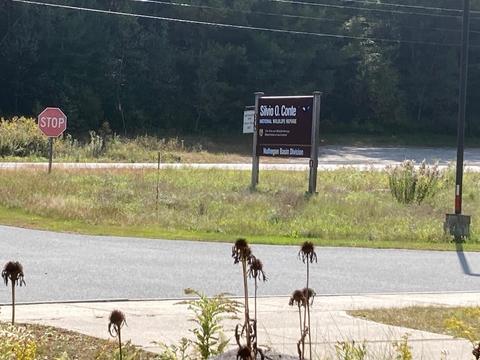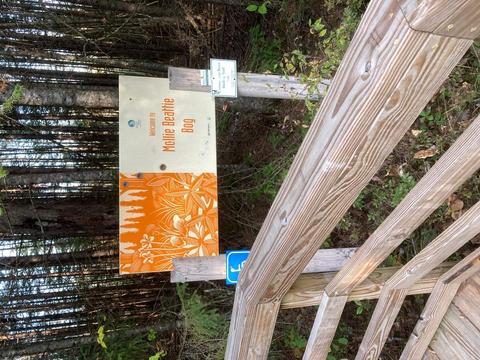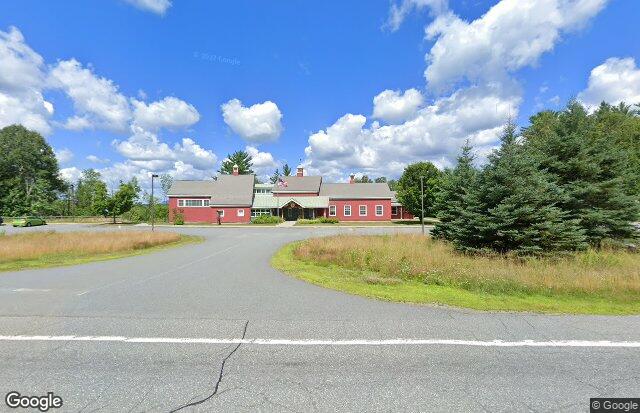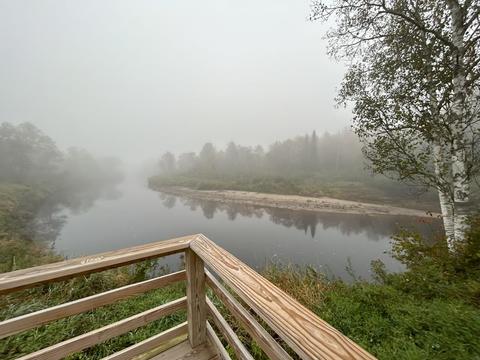
Silvio O. Conte NWR--Nulhegan Basin Division
Silvio O. Conte NWR--Nulhegan Basin Division
Silvio O. Conte National Wildlife Refuge map
Tips for Birding
See Birdwatching in Vermont, pp. 115-116.
Tom Berriman's Birding Essex County, Part 2.
When submitting eBird observations at Silvio O. Conte National Wildlife Refuge, it is most helpful to start a new checklist for each hotspot in the refuge. Use the general hotspot when you have a checklist that includes multiple locations or if no other hotspot or personal location is appropriate for your sightings.
About this Location
The Nulhegan Basin Division of the Silvio O. Conte National Wildlife Refuge consists of more than 26,600 acres of conifer and deciduous forest interspersed with forested wetlands, peatlands, and shrub swamps, and contains three of the four tributaries of the Nulhegan River. These lands are nested within a working forest landscape exceeding 150,000 acres. Located just a few miles south of the Canadian border, the basin’s vegetation most closely resembles that of the northern Appalachian Mountains, interspersed with elements of the boreal forest to the north. This division is known for abundant songbirds, particularly boreal species and warblers, and has been designated an Important Bird Area by the National Audubon Society. It is open to the public for hunting, fishing, wildlife observation and photography, environmental education, and interpretation.
About Silvio O. Conte National Wildlife Refuge
The Silvio O. Conte National Fish and Wildlife Refuge was established in 1997 to conserve, protect, and enhance the abundance and diversity of native plants, fish, and wildlife species and the ecosystems on which they depend throughout the 7.2 million-acre Connecticut River watershed. Currently, the refuge is comprised of nearly 40,000 acres within parts of the four watershed states of New Hampshire, Vermont, Massachusetts, and Connecticut.
The refuge includes ten divisions and twelve units that represent a wide variety of unique habitats such as the northern forest, valuable as nesting habitat for migrant thrushes, warblers, and other birds; rivers and streams used by shad, salmon, herring, and other migratory fishes; and an internationally significant complex of high-quality tidal fresh, brackish and salt marshes. Many opportunities exist for visitors to explore the diverse landscapes of the Connecticut River watershed.
Content from Silvio O. Conte National Wildlife Refuge webpage
Last updated January 21, 2024

